
Mosquito control and mosquito larvae removal are effective measures to prevent and control Chikungunya disease. Photo: Le Van
According to Deputy Director of the Department of Disease Prevention ( Ministry of Health ) Vo Hai Son, currently, the infectious disease surveillance system in our country has not recorded any reported cases of Chikungunya from localities. However, we must prevent the risk of the disease entering our country through immigrants carrying the disease and spreading it to the community.
Therefore, to proactively prevent and control the spread and outbreak of the disease in our country, the Department of Disease Prevention has directed the International Health Quarantine Centers of provinces and cities/Centers for Disease Control (CDC) of provinces and cities to strengthen medical quarantine at border gates to promptly detect suspected cases, cases of disease, and cases carrying disease vectors for management and treatment right at the border gates.
At the same time, organize the monitoring of disease-carrying mosquitoes, carry out mosquito eradication and removal of larvae/wigglers at border gates and border communities, and develop a plan to prevent Chikungunya epidemic at border gates; prepare human resources, materials, chemicals, equipment, and means to respond promptly in case of an epidemic.
The Ministry of Health emphasizes: People traveling or working in areas where Chikungunya is on the rise need to proactively prevent mosquito bites. Actively monitor your health and notify health authorities if you have symptoms similar to Chikungunya. Specifically: Chikungunya symptoms appear 4 to 8 days (ranging from 2 to 12 days) after being bitten by an infected mosquito. The disease is characterized by high fever, sudden onset, often accompanied by severe joint pain.
Other common signs and symptoms include joint stiffness, arthritis, headache, fatigue and rash. The symptoms are similar to those of dengue fever, but joint pain and swelling are often more obvious, while dengue fever often has more bleeding symptoms. However, people should not self-diagnose or treat themselves at home; when there are signs of suspected illness, they must immediately go to the nearest medical facility for timely consultation, examination and treatment.
Notably, Deputy Minister of Health Nguyen Thi Lien Huong also issued a document requesting the People's Committees of provinces and cities to direct the Department of Health and related departments and branches to strengthen epidemic surveillance at border gates, medical facilities and communities to promptly detect suspected cases, especially in areas with people returning from epidemic areas. When a suspected case is detected, it is necessary to take samples for definitive diagnosis and timely treatment.
Along with that, the Institute of Hygiene and Epidemiology, Pasteur Institute, Institute of Malaria - Parasitology - Entomology, and hospitals under the Ministry of Health must coordinate with the provinces to closely monitor the epidemic situation; strengthen the direction of Chikungunya epidemic prevention in the area under their management, especially in border provinces. At the same time, provide professional and technical guidance to localities in monitoring, treating patients, monitoring vectors, and thoroughly handling outbreaks. Organize inspection teams, monitor, and support hotspots and outbreak risks...
According to Hanoi Moi
Source: https://baotuyenquang.com.vn/xa-hoi/202508/tang-cuong-kiem-soat-tai-cua-khau-de-phong-chong-dich-benh-chikungunya-44d6e6d/



![[Photo] Students of Binh Minh Primary School enjoy the full moon festival, receiving the joys of childhood](https://vphoto.vietnam.vn/thumb/1200x675/vietnam/resource/IMAGE/2025/10/3/8cf8abef22fe4471be400a818912cb85)
![[Photo] Prime Minister Pham Minh Chinh chairs meeting to deploy overcoming consequences of storm No. 10](https://vphoto.vietnam.vn/thumb/1200x675/vietnam/resource/IMAGE/2025/10/3/544f420dcc844463898fcbef46247d16)



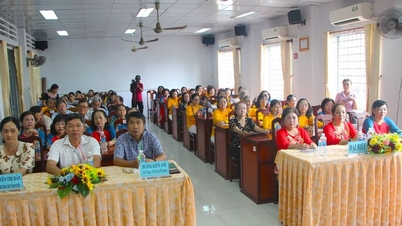



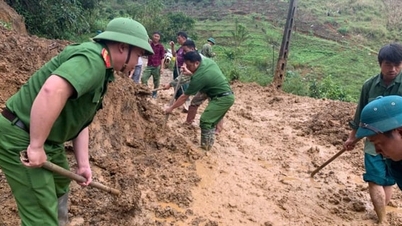



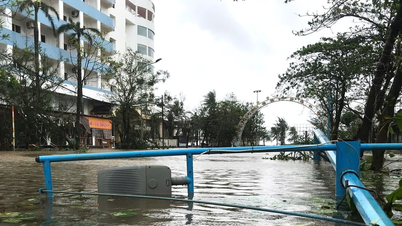





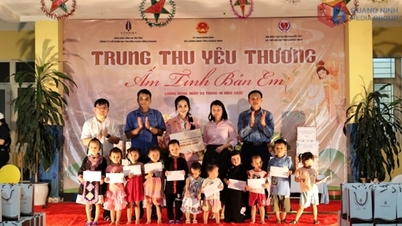

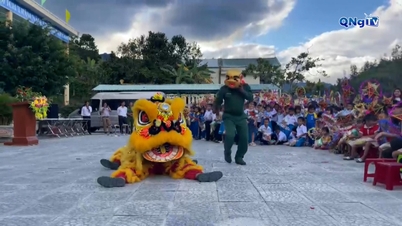


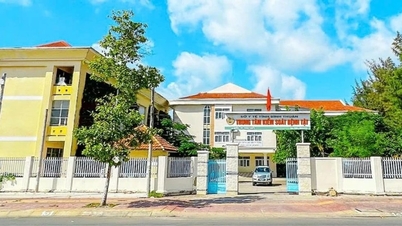









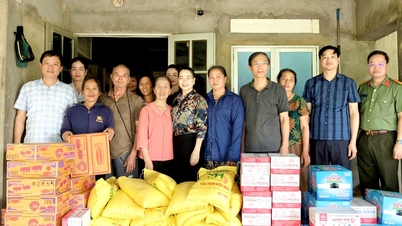
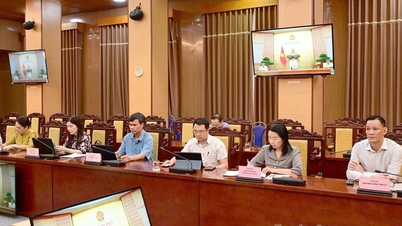
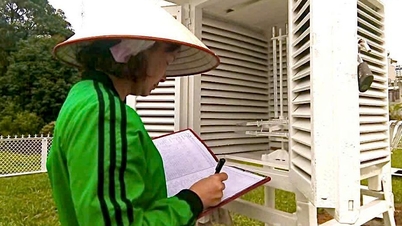
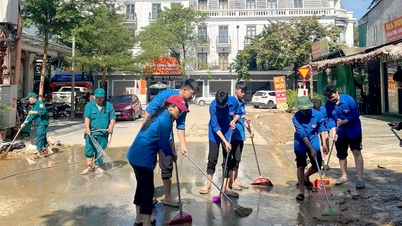




















































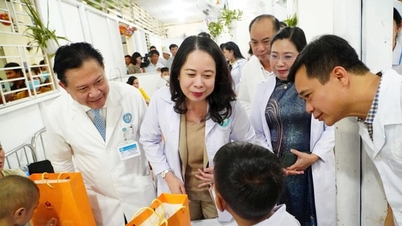



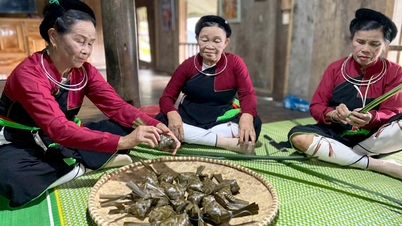











Comment (0)